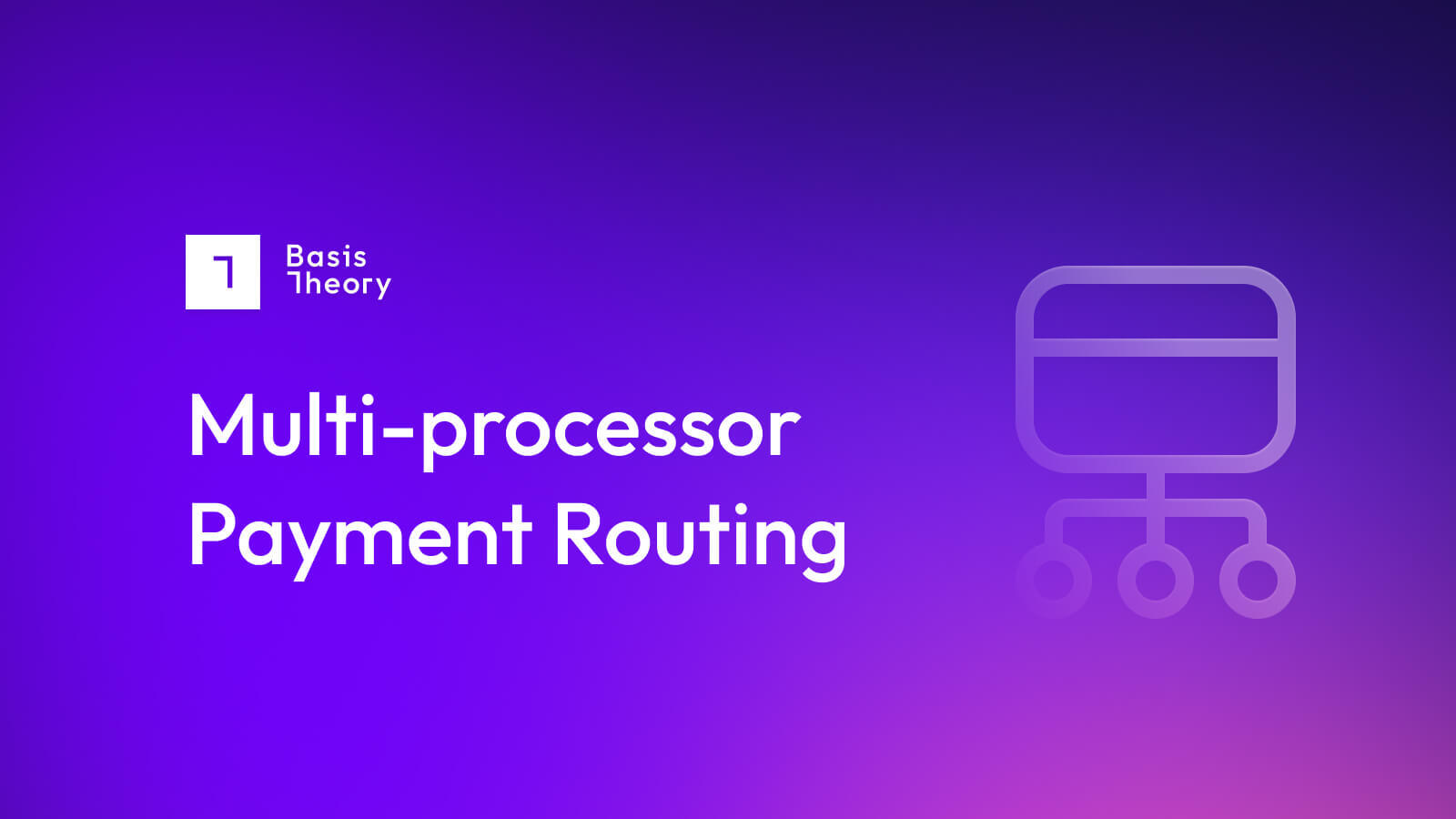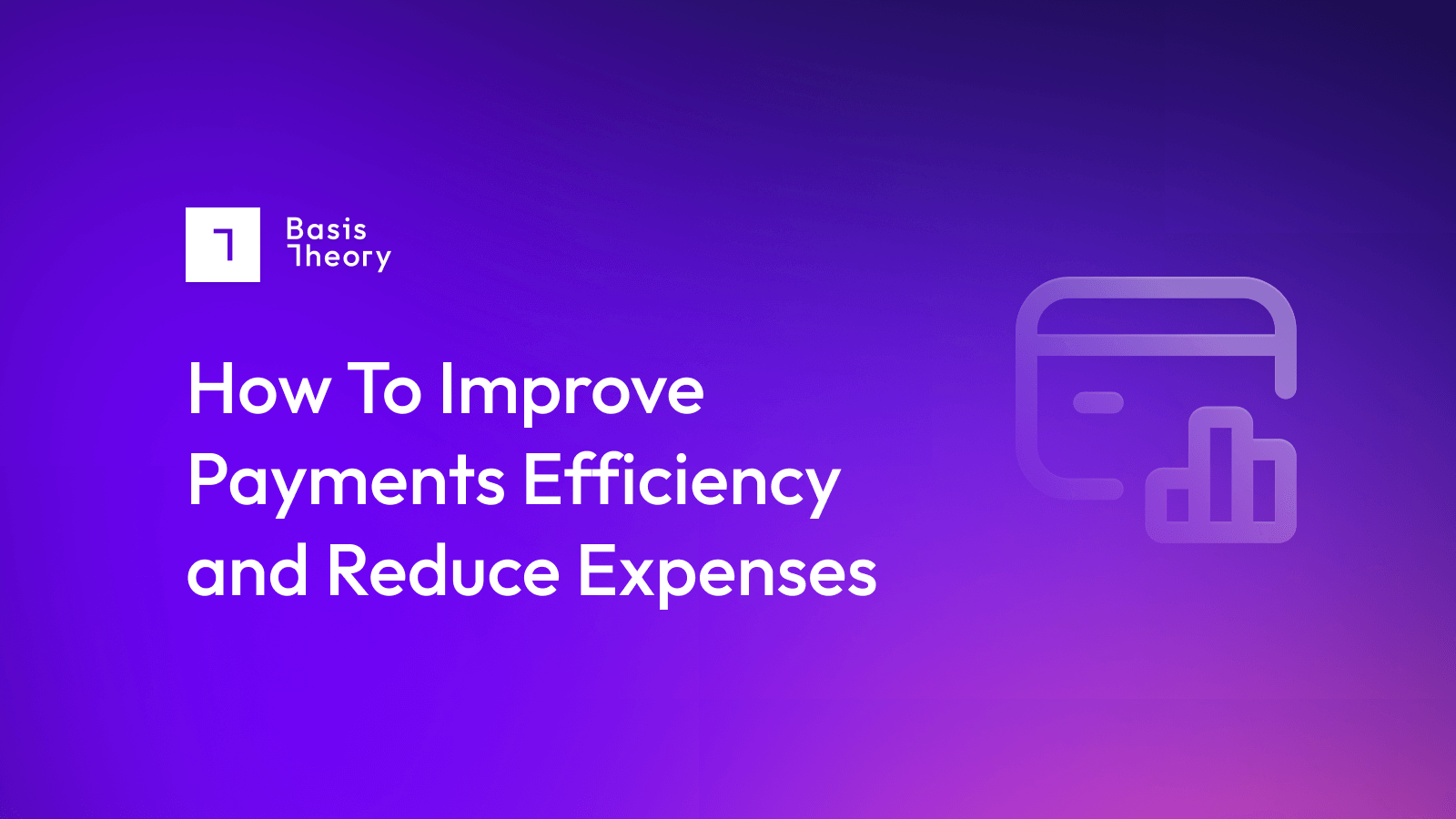Benefits of Localized Payment Processing

The digital payments ecosystem is truly global in scope, allowing buyers and sellers to transact business from the farthest-flung corners of the earth. That doesn’t mean, however, that those transactions are always completed efficiently. When a consumer attempts to purchase from a vendor in another country, there is a high risk of fraud alarm bells going off: despite twenty years of increasingly globalized trade, fraud detection systems continue to get tripped by transactions that appear to be happening in a different place to the account holder. For this and many other reasons, localized payment processing has become a necessary part of any merchant’s payment automation strategy.
What is localized payment processing?
Localized payment processing refers to two separate but connected processes:
- Accepting payment methods that are largely, or entirely, based in a country other than the merchant’s; and
- Completing payments on global card networks through processors that are present in the customer’s home country.
The former is very visible to the consumer: e-commerce sites that use localized payment processing frequently offer a set of choices matched to the customer’s locale—things like AliPay in China, Twint in Switzerland, and Boleto in Brazil.
By contrast, the latter is essentially invisible to the buyer: the merchant payment system assesses the customer’s location and submits the transaction to a payment processor partner that is, or has a local presence, in the customer’s country.
Why accept local payment methods?
While estimates vary, somewhere between 10% and 15% of online buyers will decline to make a purchase if they don’t see their preferred payment method offered. This often feels surprising to American consumers and business people who live in a country where two-thirds of consumers over the age of 15 have a credit card.
However, there are countries—and whole regions—where credit card penetration is still lagging: Portugal, for instance, boasts around 38% of consumers with credit cards, Argentina is under 30%, and South Africa stands at just 10% (which is ahead of many of its continental neighbors.)
When transacting business in areas where credit cards are less ubiquitous than in the USA, it is vital to ensure that customers have the ability to make a purchase. This may require signing up with multiple payment service providers (PSPs), as they tend to offer only a subset of the many local payment methods in play: the flexibility to add a new payment processing partner that can deliver a particularly tricky-to-find local payment method is vital to maximizing any international merchant’s potential.
Why complete transactions in the customer’s location?
If there’s one word no merchant loves to hear, it is ‘chargeback’, which is why global merchants deploy many levels of fraud monitoring.
Meanwhile, every other player in the payments ecosystem also aims to eliminate as much fraud as possible, as fraudulent transactions are expensive and corrosive to brand equity. Unfortunately, these layers and layers of fraud detection and avoidance can end up delivering an overly conservative environment, one in which perfectly legitimate transactions are declined because of something simple—like being requested in a country that data suggests the consumer is not currently in.
Despite the rapid adoption of online commerce, fraud detection systems still struggle to comprehend the idea that the customer’s location and the merchant’s don’t need to match!
Fraud systems flag cross-border transactions at a sufficient rate that industry estimates peg declines at 11%—significantly higher than the rate for in-country sales. Ensuring that transactions are sent to local processors can make a material difference in decline rates. It can also reduce merchants’ cost structure: different rules and regulations can make processing fees lower in some countries than others, offering an opportunity to optimize for the lowest-cost provider.
Barriers to Localized Payment Processing
To recognize the benefits of localized payment processing, a merchant must generally have some amount of automation in action, and partner with more than one payment service provider (PSP). For merchants who use only a single PSP, often a full-service provider that provides a single pathway for all transactions, localized payment processing is not really available.
Or, more accurately stated, the single PSP likely has its localized processing strategy in place to take advantage of local processing as a part of its business model, charging a flat fee for each transaction processed regardless of the underlying cost.
In order to operate a payment system that incorporates more than one PSP, a merchant will need to build out a decisioning engine and decide how to manage cardholder data while remaining compliant with PCI-DSS requirements. Rather than have to complete the rather onerous requirements for demonstrating full Level One security compliance within their own back-ends, many merchants today opt to partner with a token vault, which gives them full control over how and where they submit transactions without the considerable overhead of secure storage of personally identifiable information (PII.)
Demonstrating the ROI of Localized Payment Processing
With an effective strategy for managing PII in place, committing to a localized payment processing strategy offers merchants the opportunity both to decrease decline rates and to reduce the cost of transaction processing.
For e-commerce merchants managing businesses with razor-thin margins, even a single percentage point increase in closed deals or a reduction in processing fees of just a few hundred basis points, the impact on business economics can be profound. Adding a programmable payment vault partner may turn out to be roughly cost-neutral (the reduced cost of PCI-DSS compliance offsets the modest fees charged by top providers), offering a tempting path to meaningful economic benefits by adding new PSPs and processing payments locally.
.png?width=365&height=122&name=BTLogo%20(1).png)



